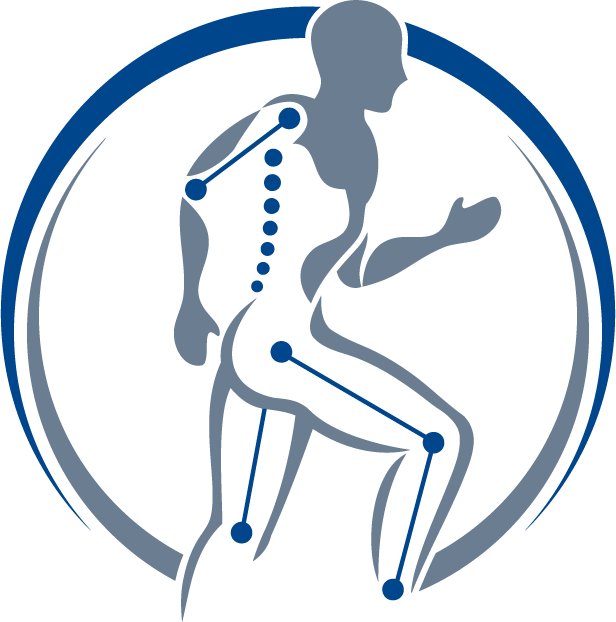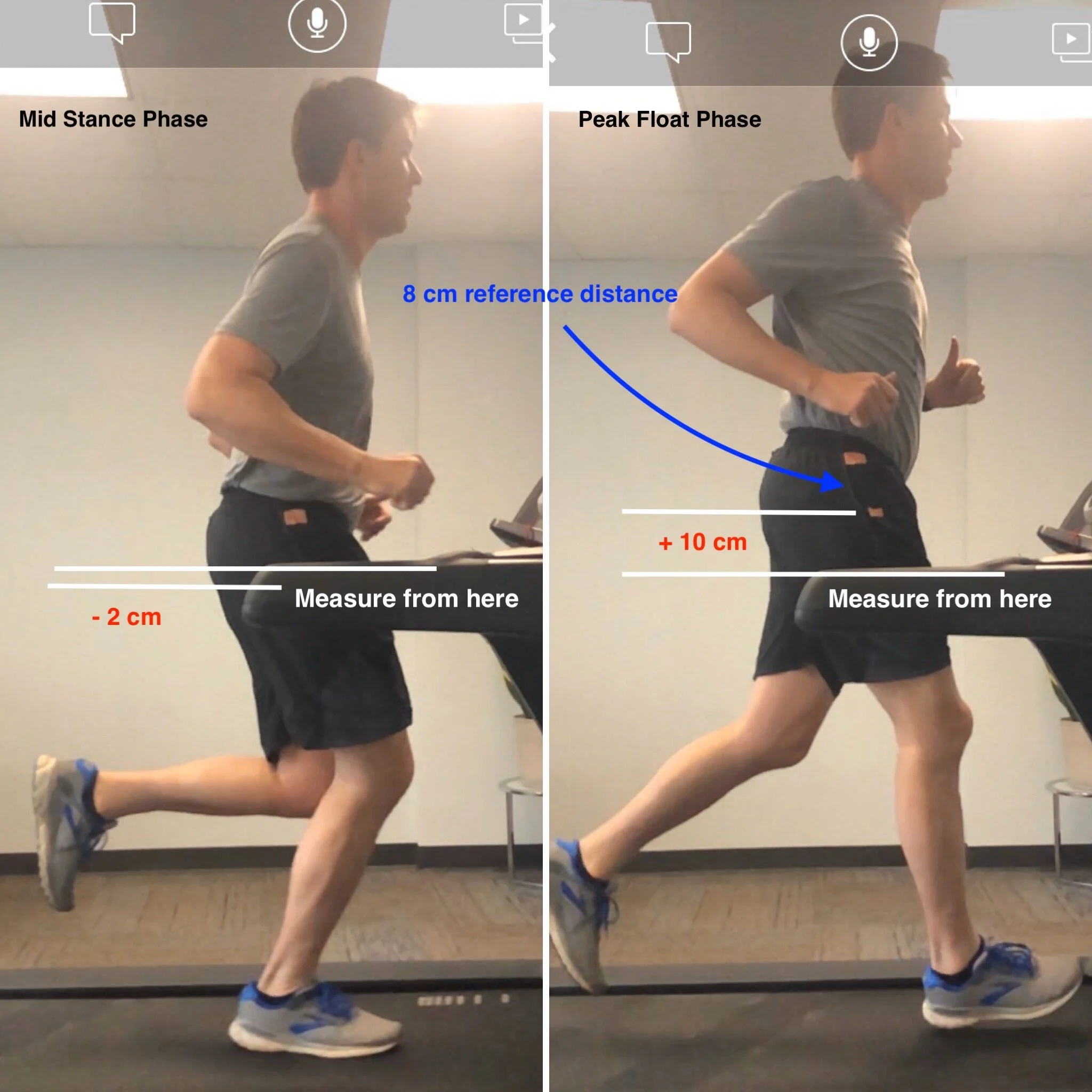Runners: "Is my running form too bouncy?"
Have you ever wondered if you have a bouncy running gait? How much bounce is too much? Well this is one of the things we look for when analyzing a person’s running gait. Increased vertical motion during running causes increased stress in some of the joints, as well as using your valuable energy moving in a direction that is not forward. Biomechanists call this increased vertical displacement of the center of mass.
Bouncing is a common gait compensation developed in runners who train frequently on treadmills or have decreased hip extension range of motion. While most people don’t change their running very much on the treadmill, occasionally some of us will increase our float time to allow the treadmill to move underneath us while we are in the air (thus running at a ‘faster’ speed). There are (of course) individuals who don’t have either of these impairments (decreased hip extension or common treadmill running) who just move this way naturally.
As you might expect, when we pair increased vertical displacement with other faults the impact on the joints becomes much more significant. The knee joint and the quadriceps are designed to absorb energy when we load the leg. When our foot contacts the ground, our knee bends and the quadriceps accepts this force and minimizes how much force is imparted to the knee joint itself. With increased vertical motion all the forces at the knee and quad are increased and there is more stress to the patellofemoral joint (the front of the knee). Furthermore, if these forces are too much for the quad and knee to control, that motion will move somewhere else, often to the pelvis contributing to hip drop (which we discussed in a previous article).
In addition to increasing forces at the knee, we often see this running gait fault in patients with spine or nerve pain while running who have an upright trunk posture. If the vertical forces are excessive, the nerves can become angry. Usually these pains present in aching or burning that moves around different areas of the legs. As with all injured tissues, there are many other movement patterns that can result in nerve pains with running, increased vertical displacement is just one of them!
So are you moving too much up and down? Well in an ideal world we would measure your center of mass, but you can use your pelvis to estimate it. It’s easiest to tell if you take a video of your running on a treadmill because then you can use the treadmill to gauge distance and determine if you are moving more than that amount. Normal vertical motion would be 6-8 cm (2-3 inches). You can even use stickers, tape or a pen to mark distance on your body to serve as a ruler. In the photos below you can see the two pieces of tape indicate 8 cm of vertical space. When we look at peak float phase and mid-stance phase we are using the tape reference as a scale for our measurement of distance.
Runner with normal vertical displacement about 6 cm.
During the lowest point in running gait the bottom piece of tape is the same height as the stationary guard rail on the treadmill. At the peak of float phase the tape is about 6 cm above the guard rail. This runner has normal vertical displacement.
Runner with increased vertical displacement about 12 cm.
The runner above has significantly more than our scale of 8 cm between the lowest tape and the guard rail, we will call that 10cm, then during mid stance phase the bottom piece of tape sinks below the guard rail, maybe 2cm. This runner we would categorize as having excessive vertical displacement, about 12 cm. This second runner would have a bouncy gait.
Would you like to know more about your running gait? We would be happy to look at it in the clinic if you have any questions. We can even assess it virtually! Learn how to capture your own running gait on video using this link: https://youtu.be/9Brn17-SrdI
Do you have any questions or topics you would like for me to address in a future blog post? Submit your comment and question here: https://mailchi.mp/4847481ef9d2/askann
Take care & keep running,
Ann
This blog is not intended as medical or professional advice. The information provided is for educational purposes only and is not intended to serve as medical or physical therapy advice to any individual. Any exercise has potential to cause injury or pain if it is incorrectly done or is not the right exercise for an individual’s medical or physical problems. You should consult with a physical therapist or medical provider for individualized advice.



